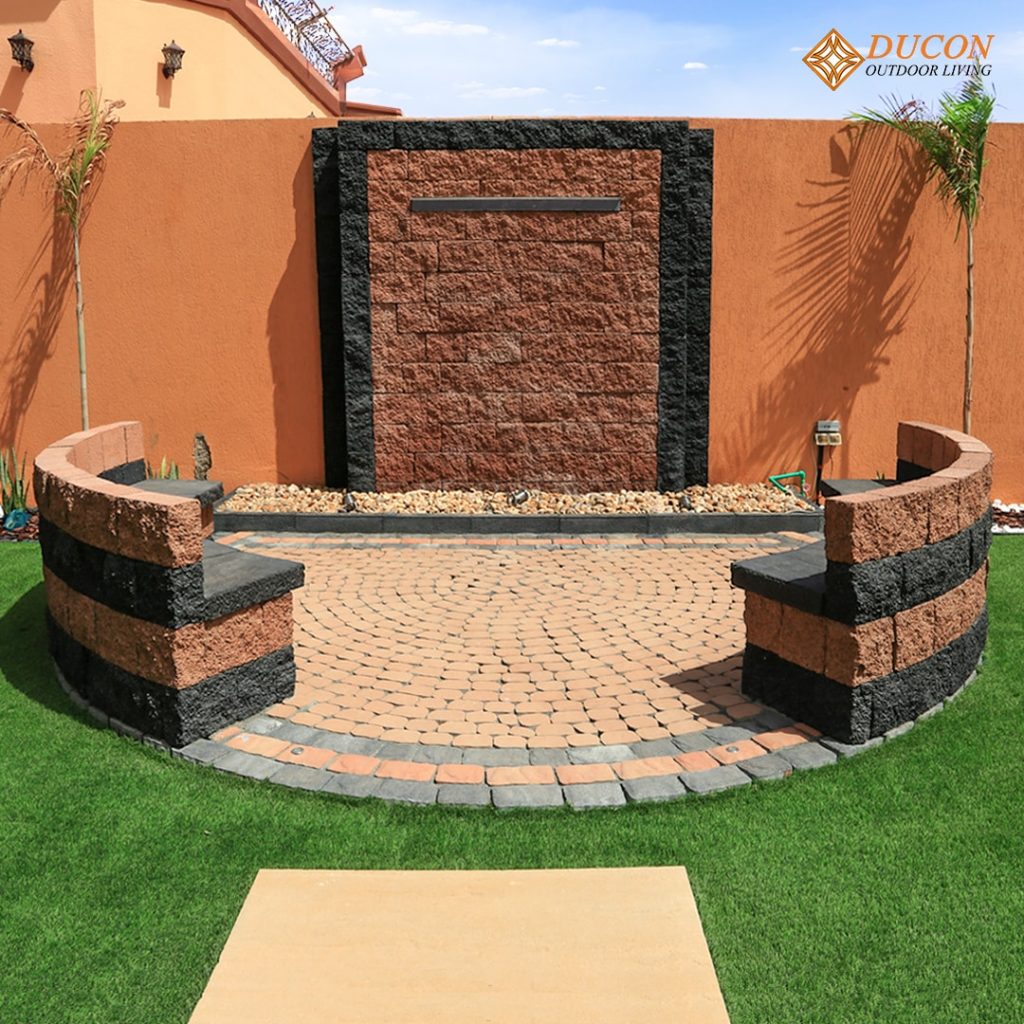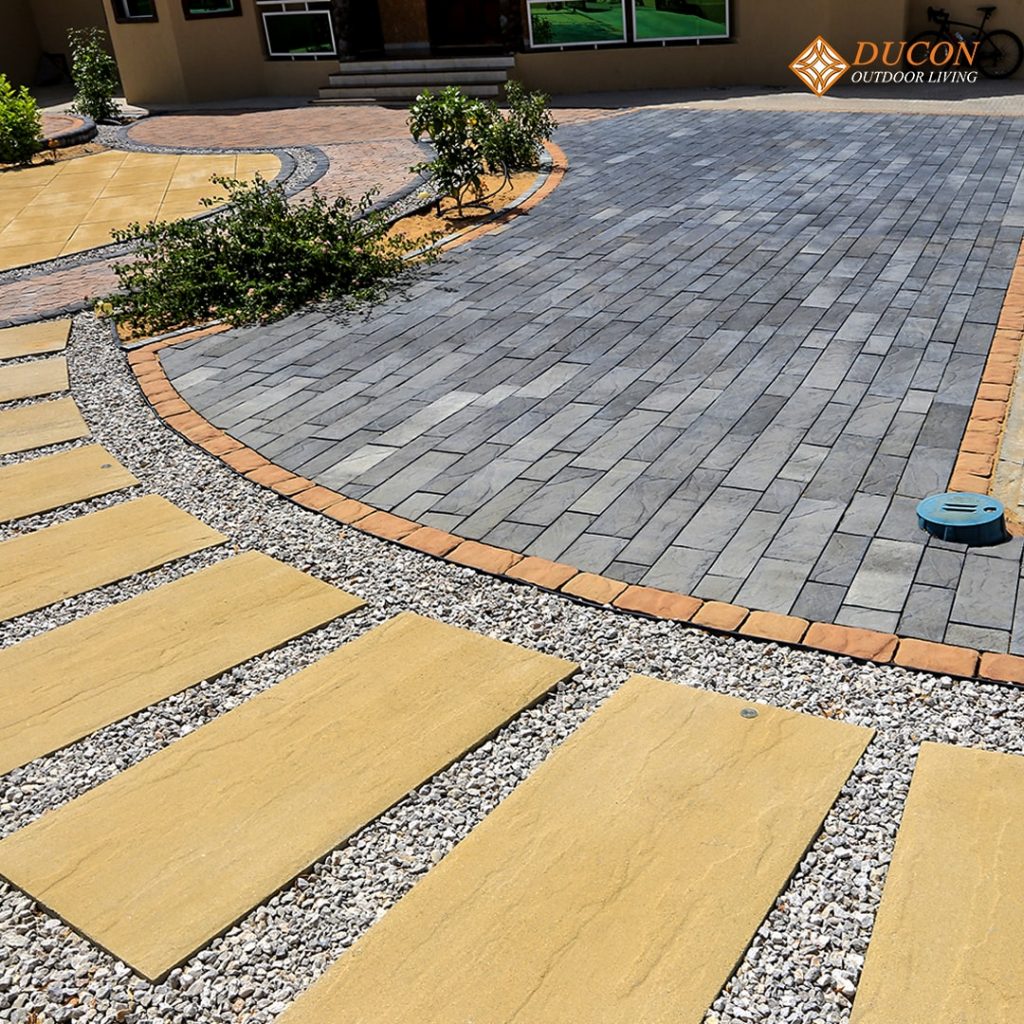Table of Contents
Making a useful and visually beautiful outdoor living space is a key component of patio designs. Patios can be used for a variety of activities, such as entertaining guests, relaxing, or even creating a tranquil garden retreat. Patio design is a creative process, and the finished product should showcase your individual preferences and style while taking into account the practical requirements of outdoor life. Whether you want a spacious entertainment area or a cozy hideaway, careful planning and attention to detail will enable you to build a patio that meets your requirements and improves your outdoor lifestyle. A variety of components that together form a functional and visually appealing outdoor space are included in patio design.

Essential Elements of Landscaping Patio Designs
Patio landscaping is a skill that combines attractive aesthetics with practical design. There are a number of crucial factors to take into account while building a new patio or remodeling an old one.
Patio Layout and Design:
Plan the arrangement of your patio based on its intended use. Take into mind the available area and how your patio will integrate into the overall landscape design when choosing its size and shape. Make sure that your outdoor space’s essential parts are positioned properly for easy access from your home.
Paving Materials:
Depending on your design preferences and financial constraints, pick the best paving materials. Concrete, pavers, natural stone (such as flagstone and slate), and gravel are typical choices. Think about the material’s strength, texture, color, and complement ability with the architecture and surroundings of your home.
Patio Edging and Borders:
To give the edges of your patio a neat and finished appearance, define them with borders or edging materials. To define borders, use objects like bricks, stones, or even living things like low bushes or ground cover.
Seating and Furniture:
Include seating alternatives that are appropriate for the use of your patio, such as dining sets, chairs, or built-in benches. Pick durable, comfortable furniture, and arrange it in a way that promotes relaxation and conversation.
Landscaping and Planting
To soften the concrete and provide greenery, incorporate landscaping components like flowerbeds, shrubs, trees, and container gardens. Choose plants that will flourish in your climate and require little upkeep. To add color, texture, and seasonal interest, use a variety of plants.

Accessories and Decor:
Add ornamental elements, outdoor rugs, toss pillows, cushions, and other decorations to make your patio uniquely yours. Include outside sculptures, art, or other decor to improve the atmosphere.
Personal Style:
Your patio should reflect your personal taste and style. Whether you lean toward minimalist, contemporary, traditional, or bohemian aesthetics, there are design elements that can bring your vision to life. Incorporate colors, patterns, and textures that resonate with you, creating an outdoor space that feels like an extension of your home’s interior. Understanding your needs will guide the design elements you incorporate, such as seating, lighting, and layout.

Conclusion
In conclusion, patio designs offer a myriad of possibilities to transform your outdoor space into a functional and visually appealing area. By considering factors such as purpose, location, materials, design elements, personal style, budget, and professional guidance, you can create a patio that perfectly complements your lifestyle and enhances your connection with the outdoors. Whether you’re sipping morning coffee or hosting a barbecue, a well-designed patio will undoubtedly become the heart of your home’s exterior.